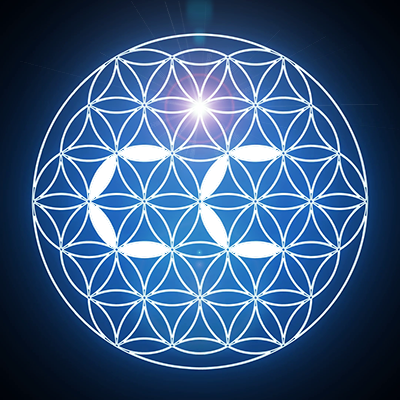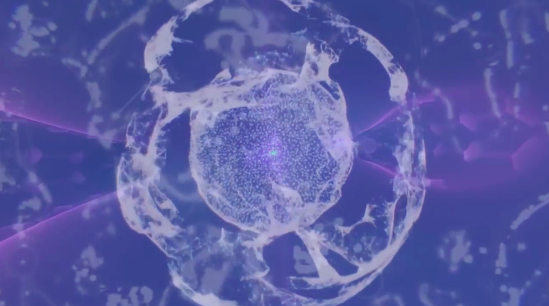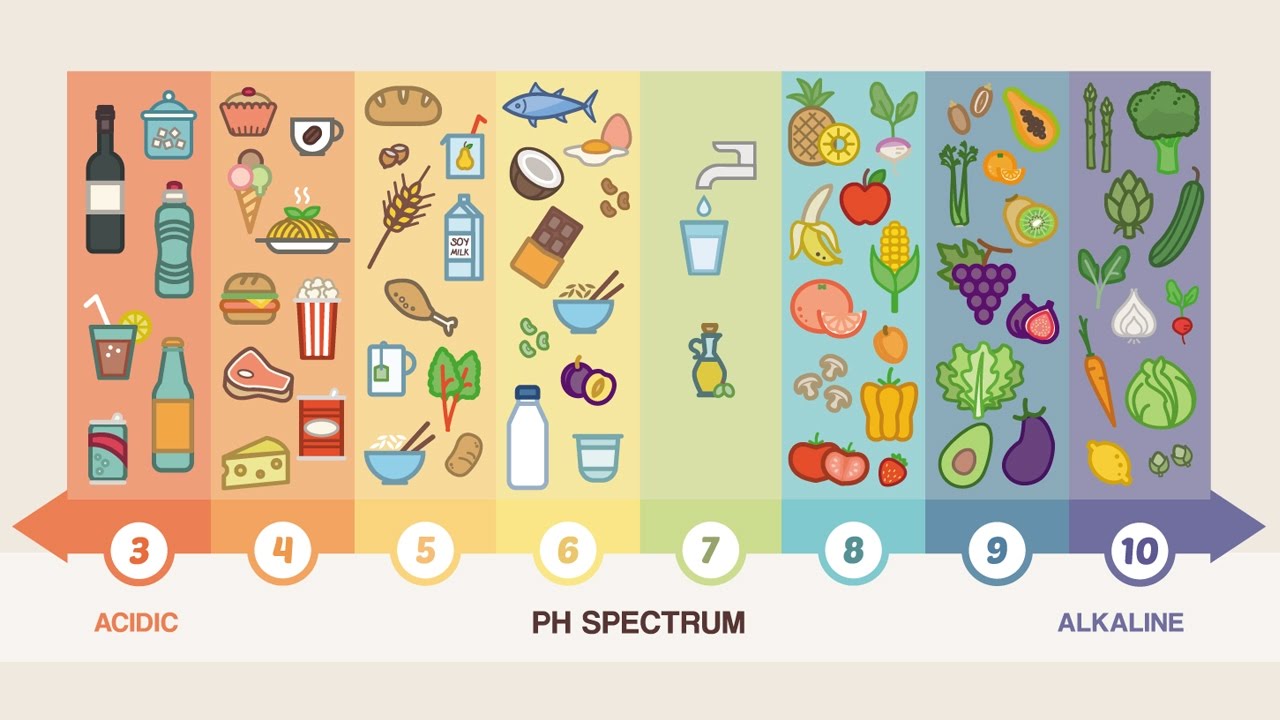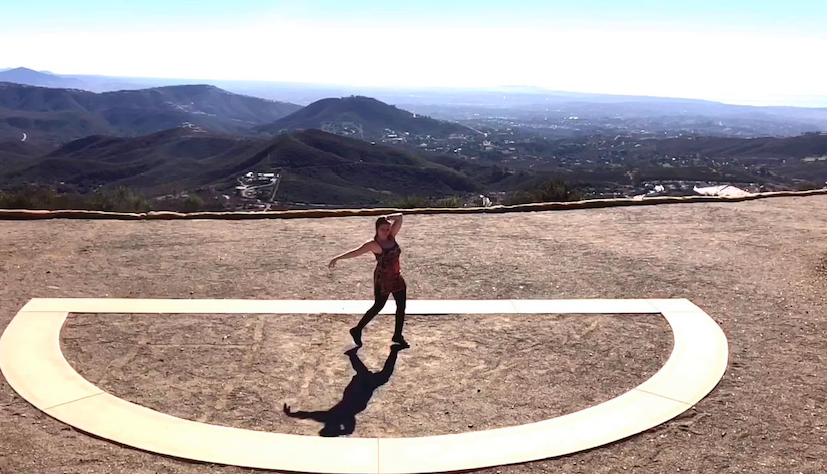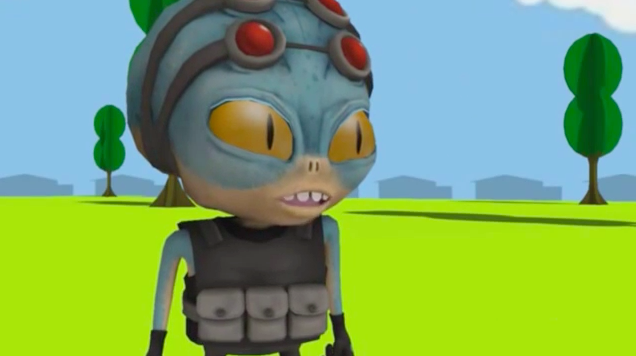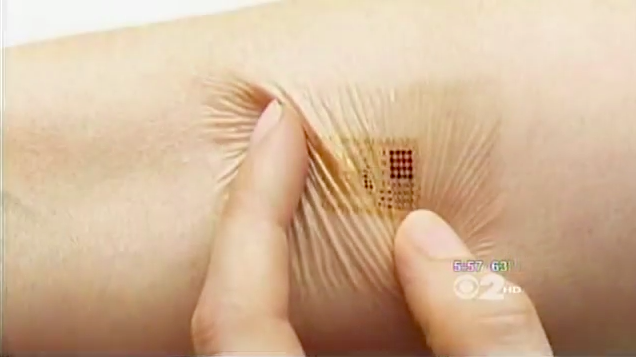Published Sep 05, 2018 Description
Many researchers thought that the Egyptian tombs were constructed to highlight the majesty pharaohs. And that's what we studied at school. Yeah, past tense! Brace yourselves, folks, because it looks as if scientists have finally discovered the true purpose of the pyramids! It seems these unique structures might have had a function that was a far cry from burying the dead...
SUMMARY:
- The Great Pyramid of Giza was made with over 2 million stone blocks, each weighing from 3 to 30 tons. Actually, the most gigantic ones can be as heavy as 50 tons! The base of the Great Pyramid covers an area of 592,000 square feet, and each of its sides is about 218,000 square feet in size.
- If you let go of the stereotype that ancient civilizations were less developed than we are today, a question arises: could the ancient Egyptians have had technologies as advanced as the modern ones? What if their knowledge was lost only to be rediscovered centuries later?
- Interestingly enough, the Egyptians also used a special material, dolomite, on the inner sides of the pyramid. This mineral is known to multiply electrical conductivity.
- Modern technology still can't recreate the gypsum-based mortar that was used during the construction of the pyramids. This kind of gypsum withstands huge amounts of pressure. So this may sound bizarre, but the mortar holding them together is, in fact, stronger than the blocks of the pyramid themselves.
- In 1993, an inaccessible secret room was uncovered beneath the Great Pyramid. This room, which seemed to be deliberately concealed, was dubbed “The Queen's Chamber”. In 2011, thanks to more developed technologies, it became possible to explore the room with the help of a remote camera.
- At the top of the Great Pyramid of Giza, there used to be a capstone made entirely of gold. It forwarded a path to transfer negative ions (those are atoms with an electrical charge) to the ionosphere (the layer of the earth’s atmosphere that contains a ton of said atoms). And that’s how an electric current of immense power was produced!
- Another weird thing you can see in such carvings is what clearly looks like a wireless antenna. Perhaps the ancient Egyptians used wireless energy for communication purposes? They very well could’ve used electricity at weaving plants to manufacture yarn.
SUMMARY:
- The Great Pyramid of Giza was made with over 2 million stone blocks, each weighing from 3 to 30 tons. Actually, the most gigantic ones can be as heavy as 50 tons! The base of the Great Pyramid covers an area of 592,000 square feet, and each of its sides is about 218,000 square feet in size.
- If you let go of the stereotype that ancient civilizations were less developed than we are today, a question arises: could the ancient Egyptians have had technologies as advanced as the modern ones? What if their knowledge was lost only to be rediscovered centuries later?
- Interestingly enough, the Egyptians also used a special material, dolomite, on the inner sides of the pyramid. This mineral is known to multiply electrical conductivity.
- Modern technology still can't recreate the gypsum-based mortar that was used during the construction of the pyramids. This kind of gypsum withstands huge amounts of pressure. So this may sound bizarre, but the mortar holding them together is, in fact, stronger than the blocks of the pyramid themselves.
- In 1993, an inaccessible secret room was uncovered beneath the Great Pyramid. This room, which seemed to be deliberately concealed, was dubbed “The Queen's Chamber”. In 2011, thanks to more developed technologies, it became possible to explore the room with the help of a remote camera.
- At the top of the Great Pyramid of Giza, there used to be a capstone made entirely of gold. It forwarded a path to transfer negative ions (those are atoms with an electrical charge) to the ionosphere (the layer of the earth’s atmosphere that contains a ton of said atoms). And that’s how an electric current of immense power was produced!
- Another weird thing you can see in such carvings is what clearly looks like a wireless antenna. Perhaps the ancient Egyptians used wireless energy for communication purposes? They very well could’ve used electricity at weaving plants to manufacture yarn.
COMMENTS • 0
-
Suggestions
-
